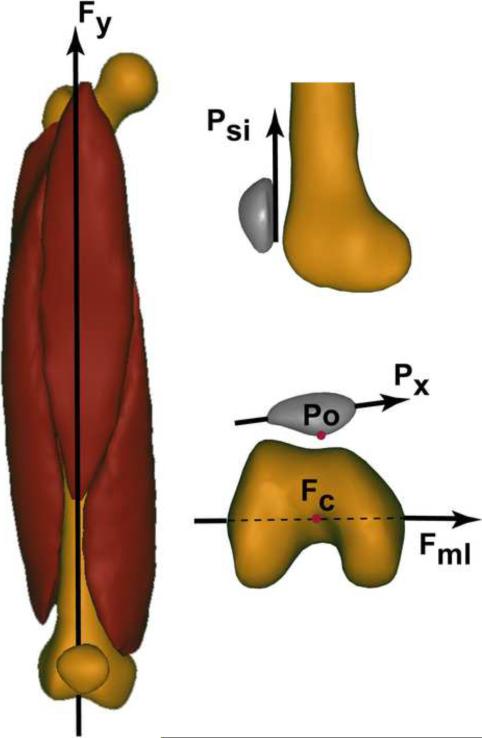Figure 1. Femoral and Patellar Coordinate Systems.
All coordinate systems were defined in the full extension time frame. The femoral y-axis (Fy), or superior/inferior axis, was defined as the unit vector in the direction from the center of the femoral epicondyles (point Fc, selected on the axial cine image at the level of the femoral epicondyles) to the rectus femoris musculotendon junction (selected in the cine-PC coronal-oblique image of the rectus femoris), such that Fy was aligned with the anatomical axis of the femur. Fml was defined as the unit vector in the direction from the lateral to the medial femoral epicondyles (selected on the axial cine image at the level of the femoral epicondyles). The anterior/posterior axis (Fz) was defined by the cross product of Fml with Fy. The femoral x-axis (Fx), or medial/lateral axis was defined by the cross product of Fy with Fz. Fc was defined as the femoral origin. The patellar x-axis (Px) was defined as the unit vector connecting the most lateral (PL) and medial (PM) points on the patella (selected on the axial cine image at the mid-patella level – Figure 2). Psi was defined as the unit vector along the most posterior edge of the patella (selected on the sagittal-oblique cine-PC image). The anterior/posterior axis (Pz), was defined by the cross product of Px with Psi. The superior/inferior axis (Py) was defined as the cross product between Pz and Px. The patellar origin (Po) was defined as the most posterior patellar point (selected on the axial cine image at the mid-patella level).

